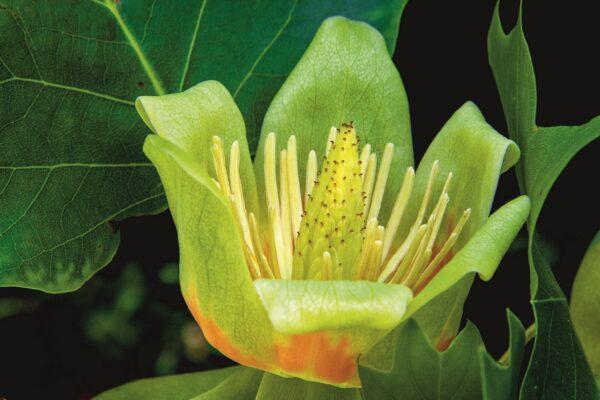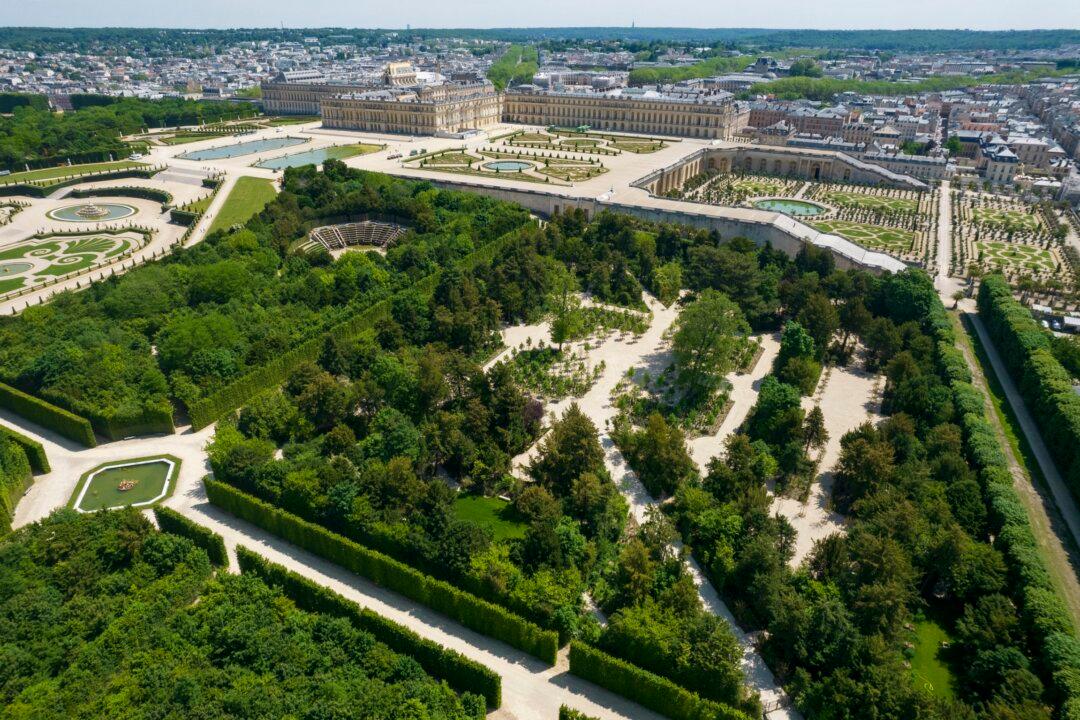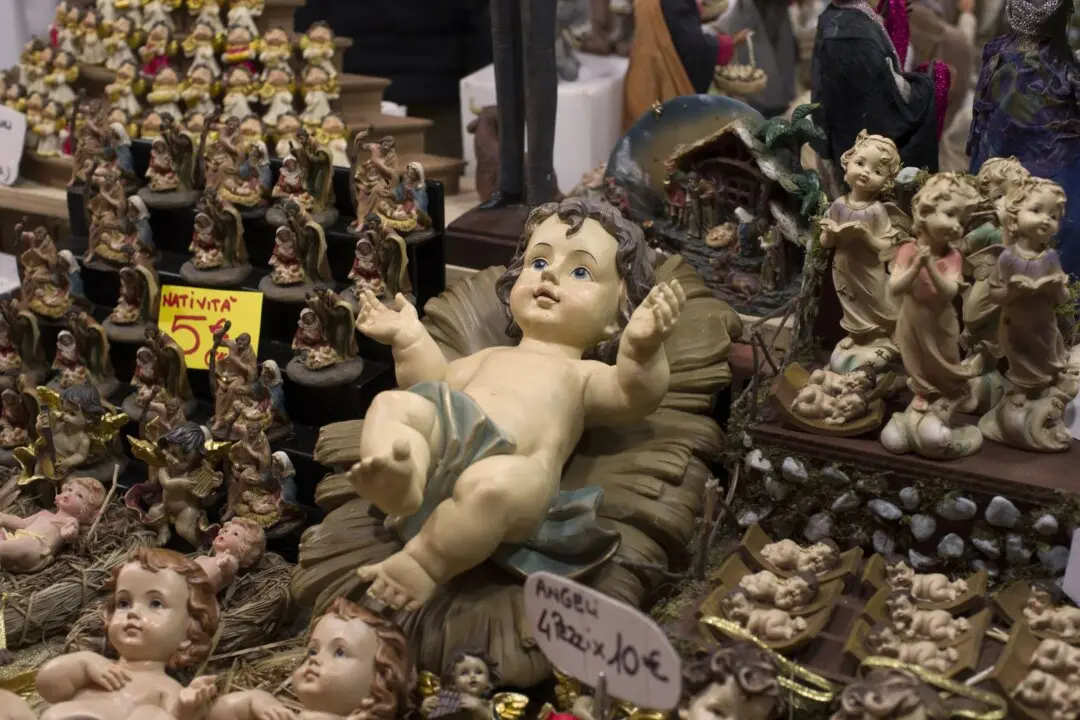At a certain time of year, American visitors ambling around the grounds of the Palace of Versailles can detect the familiar heady scent of the Virginia tulip tree—Marie Antoinette’s favorite tree.

At the heart of the Queen’s Grove was the Virginia tulip tree, which was purported to have been Marie Antionette’s favorite tree. Now, 150 tulip trees grace the center of the restored Queen’s Grove. D. Saulnier/Palace of Versailles






